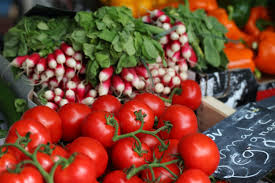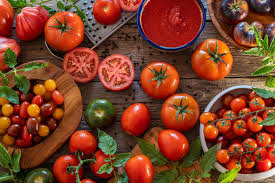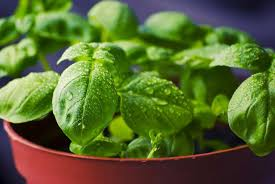If you’ve traveled to Italy, you know that the food is nothing short of spectacular. But did you know you can bring the flavors of Italy into your own garden? Here’s a practical guide to growing your own “taste of Italy,” from essential vegetables to herbs and fruits that form the foundation of Italian cuisine.
The Key to Italian Cooking: Fresh, Seasonal Ingredients
Italian cuisine thrives on the use of fresh, seasonal vegetables and herbs. Many Italians grow their own ingredients in kitchen gardens, and it’s entirely possible to do the same. While each region in Italy has its own culinary specialties, some staples are universal.

A Basic Italian Sauce
Creating a simple yet flavorful sauce is a great way to begin your Italian culinary journey. For a basic tomato sauce, you’ll need:
- 4 cloves of garlic, finely chopped
- 1 kg fresh ripe plum tomatoes
- 6 tbsp extra virgin olive oil
- 4 tbsp fresh basil leaves
- 2 tsp sugar
- Salt to taste
Start by gently frying the garlic in olive oil until it turns golden. Then, add your chopped tomatoes, sugar, and salt, allowing the mixture to simmer for 15 minutes. Finish by stirring in the chopped basil leaves. This sauce is perfect for pasta and can be topped with grated Parmesan for an authentic Italian touch. As with most Italian recipes, the quality of the ingredients makes all the difference.
Growing Tomatoes
Tomatoes are the heart of Italian cooking. You can grow them in pots, tubs, or directly in the soil, provided they receive plenty of sunlight. Start your seeds indoors on a sunny windowsill or in a greenhouse. Once seedlings emerge, transplant them into individual pots, and harden them off before planting them outdoors after the last frost.
Pinch off any side shoots to promote strong growth. When your plant has produced six or seven trusses of fruit, remove the growing tip to prevent it from becoming too leggy. Support your plants with a sturdy cane and string.

Growing Garlic
Garlic is another essential ingredient in Italian kitchens. It thrives in sunny locations, whether in a pot or the ground. Plant garlic cloves in the fall or early spring, spacing them 15 cm apart. Keep the area weed-free to ensure healthy growth. Harvest the garlic when the leaves turn yellow and limp, and allow it to dry in the sun or in a dry shed.
Growing Basil
Basil, a key herb in Italian cooking, grows well in pots and can be kept both indoors and outdoors. Sow the seeds indoors in moist compost, and once the seedlings are large enough, transplant them into individual pots. To encourage bushier growth, pinch out the top shoots.

More Herbs for Your Italian Garden
Other herbs that are vital in Italian cuisine include flat-leafed parsley, thyme, marjoram, and rosemary. These can be easily grown in pots and kept near your kitchen for easy access while cooking.
Salad Ingredients
For a delicious insalata mista (mixed salad), grow ingredients like carrots, rocket, fennel bulbs, and a variety of lettuce, such as ‘Lollo Rosso’. Freshly picked lettuce has a much more vibrant taste than pre-packaged supermarket varieties.
Growing Fennel
Fennel is a versatile ingredient in Italian dishes, and while it thrives in the Mediterranean climate, it can also grow in cooler regions. Ensure the plant is well-watered and mound the soil around the base to blanch the fennel bulb. Avoid heavy clay soils, as they make fennel difficult to grow.
Italian Vegetables
Italian meals often feature vegetables as a side dish or main course. Common combinations include green beans with tomatoes, eggplant with onions, and grilled peppers with olives and capers. The key is to use fresh, high-quality ingredients. Other vegetables like zucchini, chard, and beans are also easy to grow at home and come in a wider variety than you’ll find at most supermarkets.
Growing Fruits for Italian Desserts
If you have space, consider planting fruit trees like peaches, figs, or even a lemon tree in a sunny spot. Peaches require a frost-free spring and a sunny summer to thrive, while lemon trees can be grown in pots in conservatories.
Creating the Right Growing Conditions
Some Italian ingredients, like peppers and eggplants, need long growing seasons and plenty of sunlight. If you live in a cooler climate, you may need to use fleece or grow your plants in greenhouses or under cloches to protect them from frost.
A Mediterranean Dining Experience at Home
Once your crops are ready, invite friends over for an Italian-inspired meal. Pair your dishes with a good Italian wine and enjoy the fruits of your labor. While you might not be able to guarantee Mediterranean sunshine, you’ll certainly impress your guests with a delicious, homemade Italian feast. Buon appetito!
